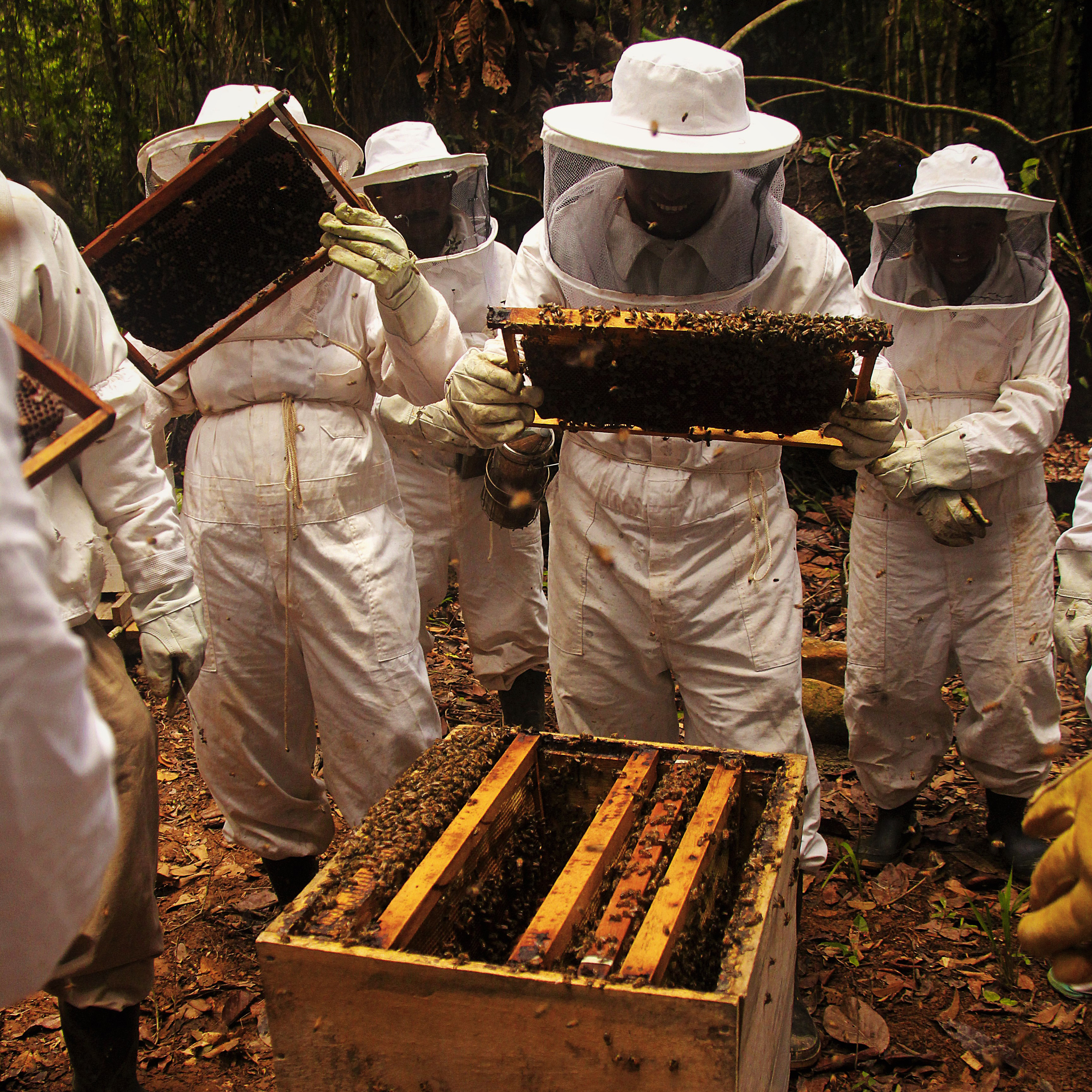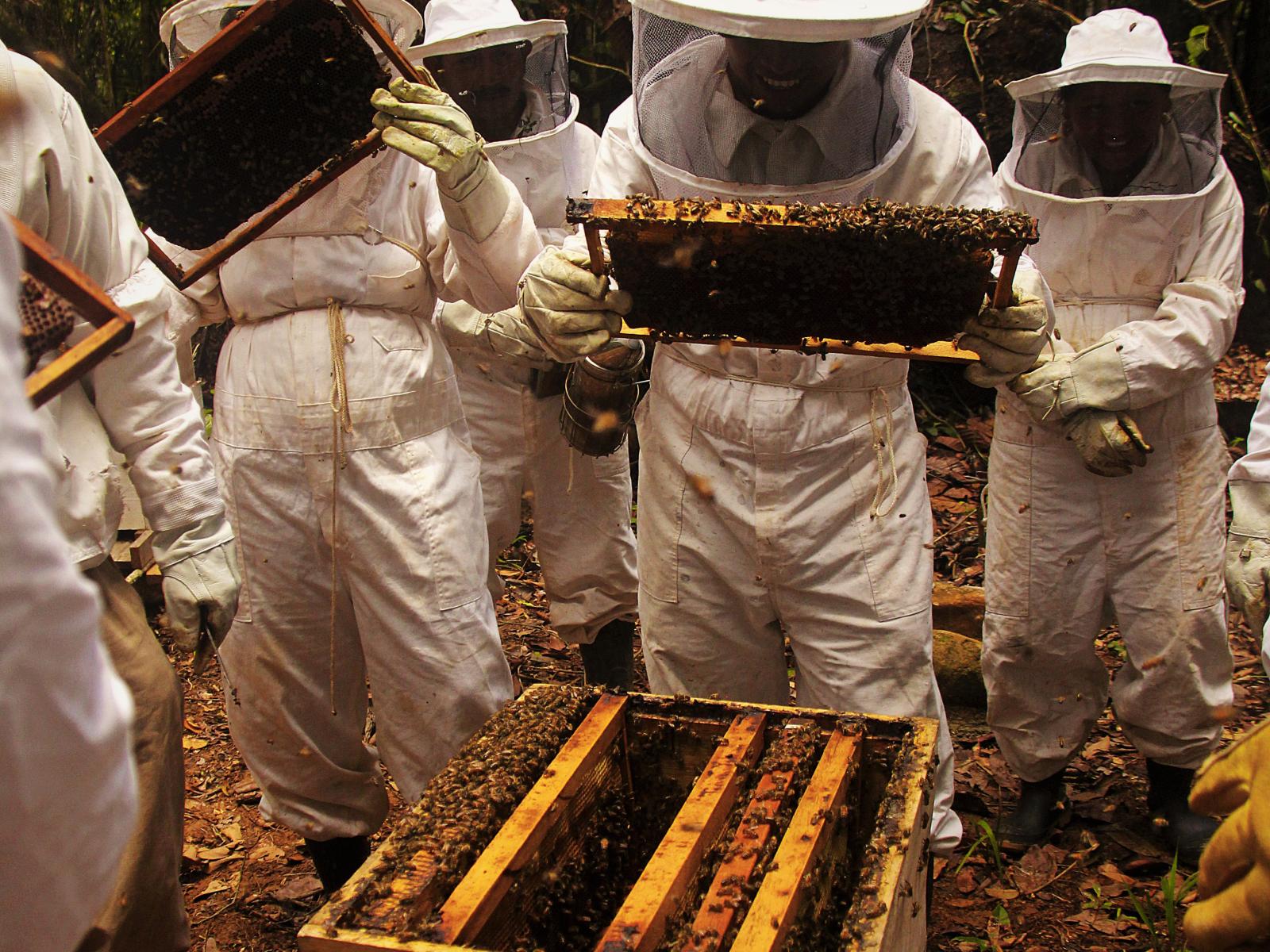An Overview Of Our Solution
- Population Impacted:
- Continent: North America
Organization type
Population impacted
Size of agricultural area
Production quantity
People employed
Describe your solution
Describe your implementation
External connections
What is the environmental or ecological challenge you are targeting with your solution?
Describe the context in which you are operating
Ya’axché Conservation Trust is a Belizean conservation organization whose mission is to maintain a healthy environment with empowered communities by fostering sustainable livelihoods, protected area management, biodiversity conservation and environmental education within the Maya Golden Landscape (MGL) of southern Belize. The MGL is a 770,000 acre mosaic landscape covering a diverse range of ecosystems and supports 3,000 plant species, 110 mammals, 400 birds, 92 reptiles and amphibians and includes 18 endemic and 37 globally threatened species (IUCN Redlist). The MGL is home to a majority of the nation’s indigenous Maya population and supports a wide range of land uses. The landscape provides environmental goods and services in an area characterized by rapid population growth and where 46% of the population is living below the poverty line. Agriculture provides 46% of the population with employment, remaining the predominant economic driver of the Toledo District in southern Belize.
How did you impact natural resource use and greenhouse gas emissions?
Language(s)
Social/Community
Water
Food Security/Nutrition
Economic/Sustainable Development
Climate
Sustainability
The initial investment of tools and seedlings can be costly, which is why Ya’axché focuses on assisting farmers in this step. After the initial investment, farmers need to continue management, but can begin to see income within the year. For farmers, the biggest market-based revenue is from organic cacao, which is sold to a local company, that sells the product on the international market. This connection has allowed small-scale farmers to access the international organic cacao market, which increases the value for their product. Other niche markets are being created, such as a local market for yellow ginger, and these will increase a farmer’s economic returns and improve the long-term sustainability of agroforestry in southern Belize.
Return on investment
Entrant Banner Image

